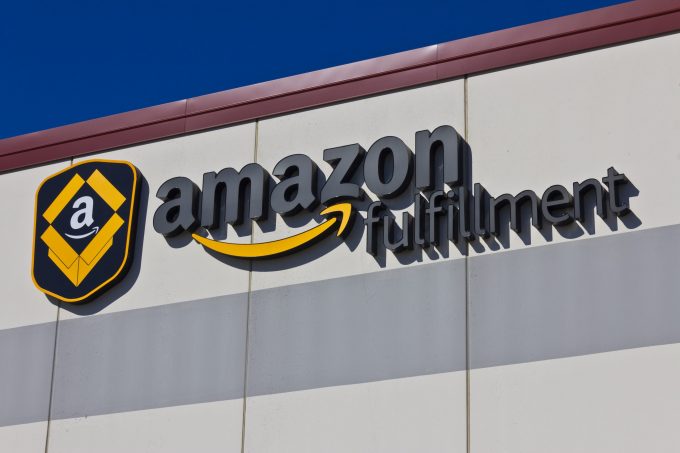Prologis – 'Water is building behind the dam'
…when will it break?

Amazon has unveiled plans to double its same-day delivery facilities over the coming years, but the air transport sector will not play a significant role.
The e-commerce behemoth has been in the vanguard of the push to next-day deliveries, standard for Prime subscribers pre-pandemic and signalled ambitions ...
CMA CGM South Korean staff strike over bonuses after bumper 2024 profit
MSC switches two more Asia-Europe port calls from congested Antwerp
CMA airline returns two freighters, while ANA takeover of NCA looms
Nightmare for Bangladeshi exporters as congestion and tariffs bite
Tradelanes: Export boom in Indian sub-continent triggers rise in airfreight rates
Carriers introduce surcharges as congestion builds at African ports
Ports and supply chain operators weigh in on funding for CPB
Box ship overcapacity threat from carrier appetite for new tonnage

Comment on this article